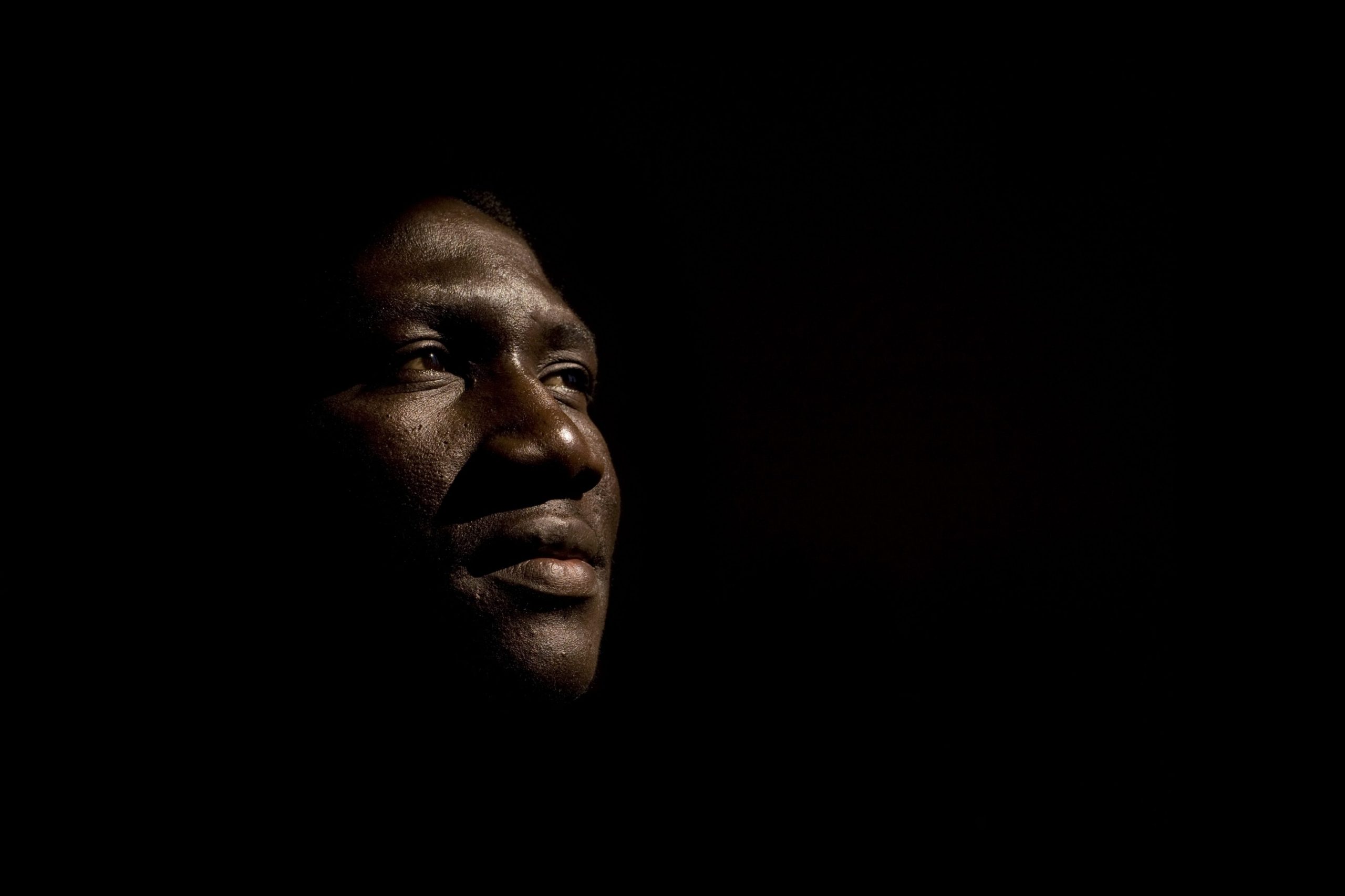
Before social media existed, most of everyone’s opinion wasn’t heard. We got the bulk of our information from the few news channels that were available. We simply listened to the reporters speak their peace and that was that.
It wasn’t until websites, such as Myspace, Twitter, Instagram and Facebook, were created that a drastic shift occurred for mainstream news media. People now can do their own research and publicly voice their opinions online, at any given moment. Some are reasonable but some are also ignorant. That’s the beauty and power of social media.
Media marketing is a lucrative business. The ability to use social media for free advertisement is appealing to many small and large businesses. I spoke with a local business owner and former Georgia State student to gain her perspective.
“Instagram has played a tremendous part in my success,” Jasmyne Brooks, owner of Mixy Chix, said. “Over the course of two and a half years of being in business, I had to come up with a new marketing plan. I would reach out to individuals who were having events and offer my services through social media. I leave business cards at liquor stores. Word of mouth is now helping me as well.”
She’s hosted over 80 events for a variety of clients, thanks to her knowledge of marketing online and offline. Marketing through the Internet allows for a range of businesses to target and reach more people than ever before.
An issue I have with media marketing is the number of advertisements that are plastered all over each and every one of my social media pages. I never click the ads and yet they still appear daily. As long as the internet exists so will the aggressiveness of media marketing.
As you might recall, H&M was recently trending online. On Sept. 19, the gossip blogs went insane over H&M’s latest scandal. They released an image of a young black girl with her hair “unkempt,” according to the commenters.
What people failed to realize was that this was a deliberate move done by H&M’s marketing team. They knew that the image of the young girl was going to stoke controversy, specifically within the black community. Hair is a sensitive topic for many black women and men. Some of them felt this child’s hair looked perfectly fine, while others criticized her hair and blamed her parents.
“H&M knew they were wrong,” Brooks said. “No matter how much people say, ‘Embrace your culture,’ natural bodies, skin or hair, there are just some lines you don’t cross because the majority of people will feel disrespected.”
Shortly after the backlash against H&M and the young girl, the clothing retailer released a statement on Twitter.
H&M replied to a tweet and said “Thank you for the feedback. We truly believe that all kids should be allowed to be kids. The school-aged kids who model for us come to the photo studio in the afternoon after school and we aim for a natural look which reflects that.”
And just like that, we were played. So many black people were posting in defense and opposition of this child when all along, H&M knew their image was going to cause a virtual mess, a mess that they were more than prepared to clean up.
“I definitely feel like mainstream companies create controversy on purpose,” Brooks said. “It’s all a marketing scheme. However, I don’t feel like negative exposure is good exposure.”
The amount of traffic, engagement and even sales H&M received because of their campaign going viral is a number we may never know, all thanks to the additional free publicity they received. And you know what they say, all publicity is good publicity.
I have noticed a lot of people will read a few comments and then post their very biased, uneducated opinion for the world to see. Being a groupthinker is when you don’t take the time to understand why you feel the way you do about a certain matter. Instead, you focus on what those around you and online are saying. Now that I have a better understanding of the underlying tactics of media marketing, I think twice about the posts and advertisements I am exposed to.
“If companies want to release ads that have meaning behind it, they need to display a clear message so they aren’t misunderstood,” Brooks said.
By now, it should be more clear than ever that today’s marketing teams are playing on our emotions, in particular, our outrage. My suggestion is simple, don’t feed into controversial advertisements until you have all the information needed to form your own conclusions. Otherwise, you’re just putting more money in somebody else’s pockets.
It’s not okay that black people’s emotions are being turned into dollars because of how social media and marketing is used from behind the scenes. The point is to always think twice before you comment because some things aren’t always as they seem.
